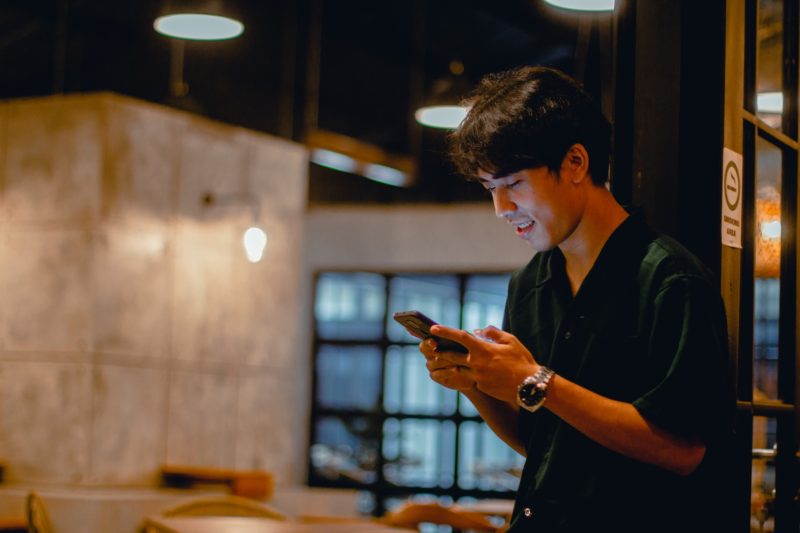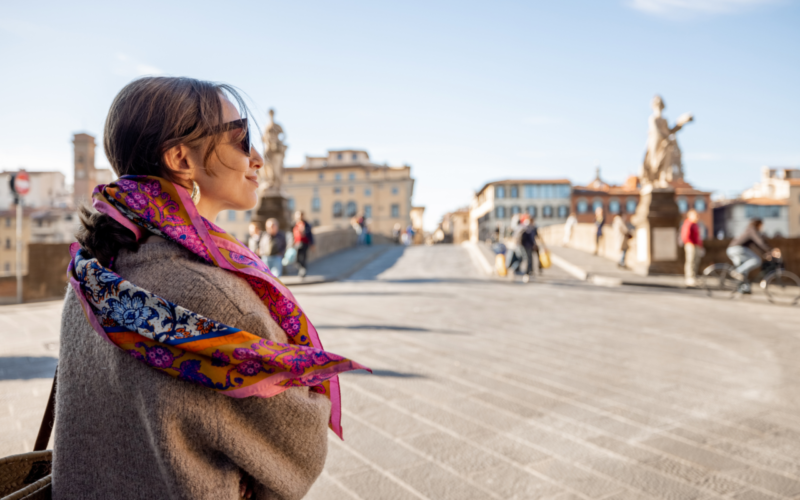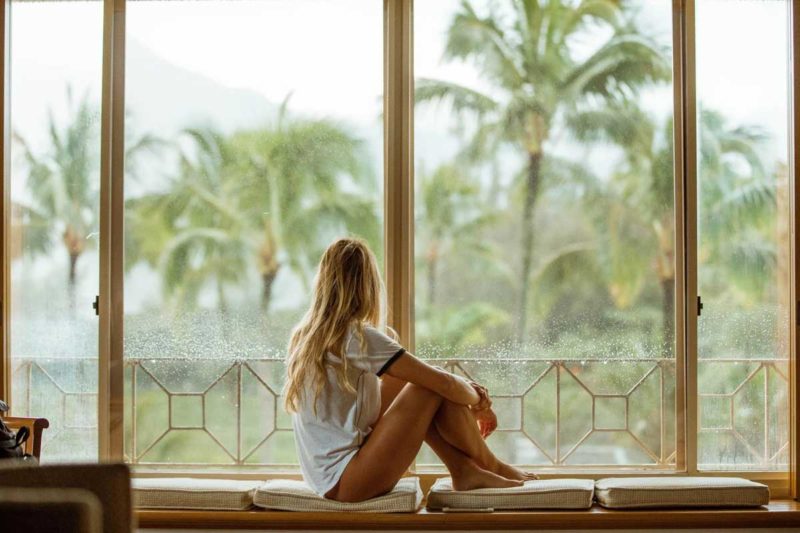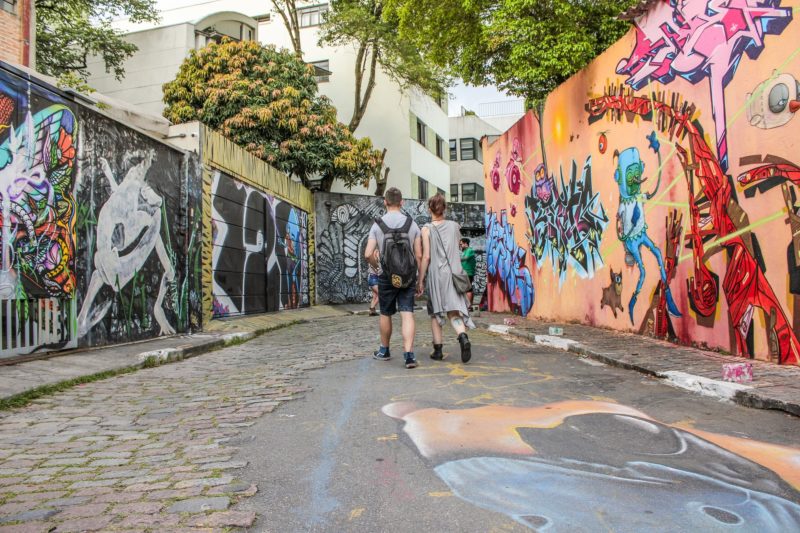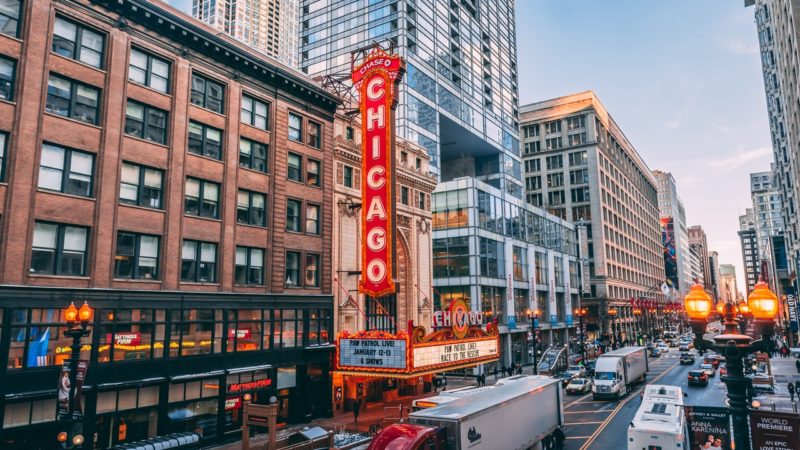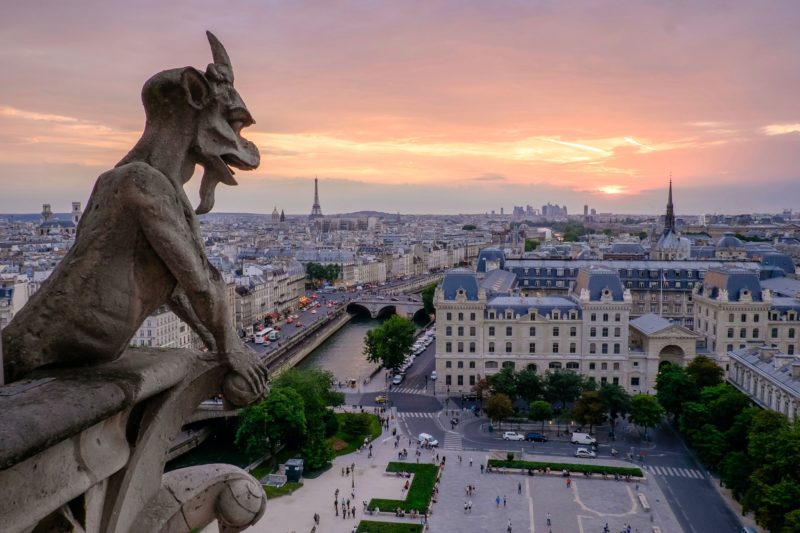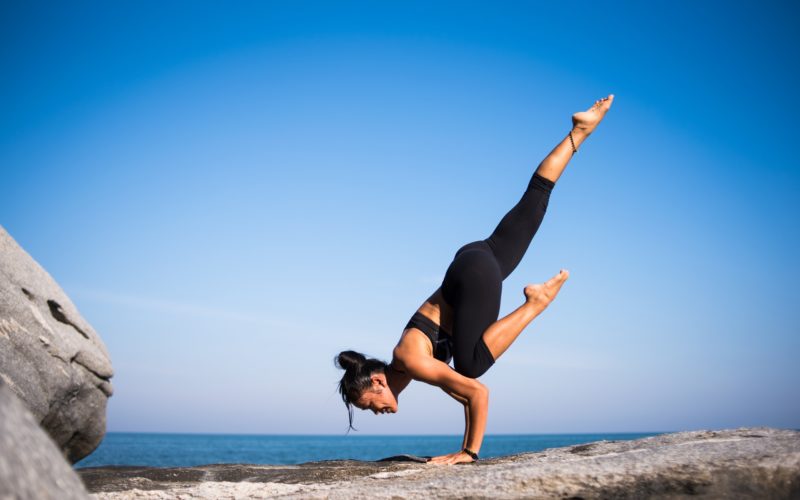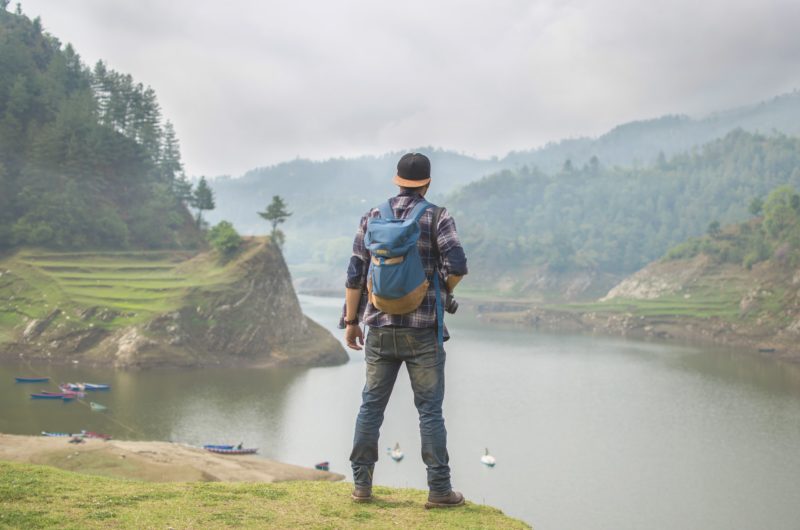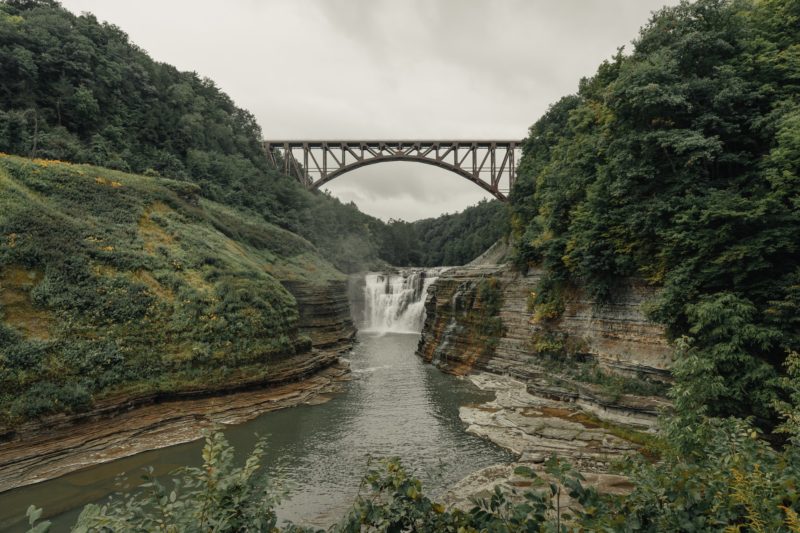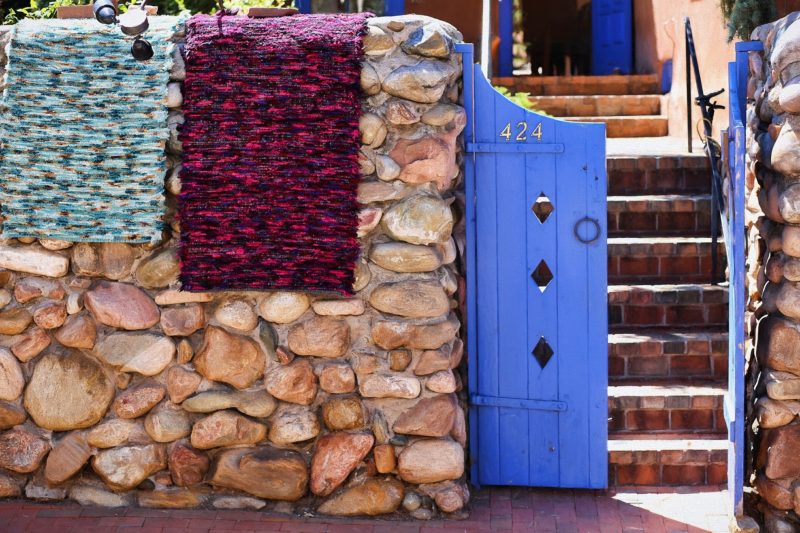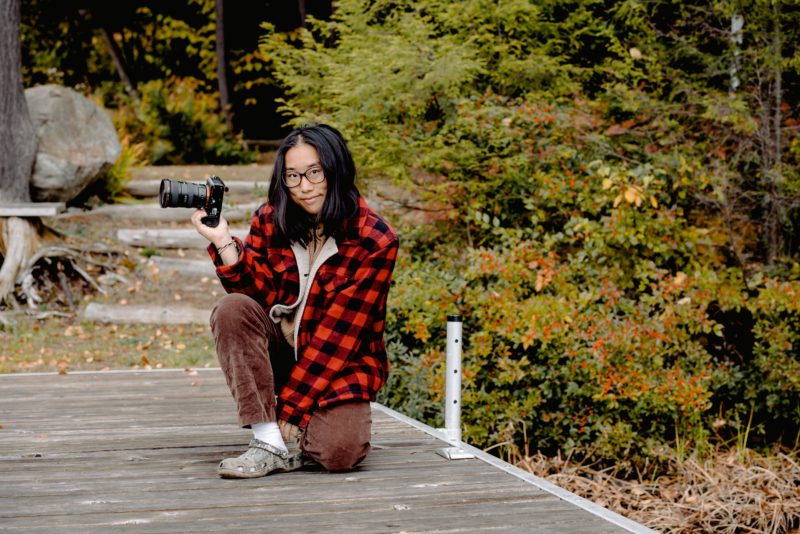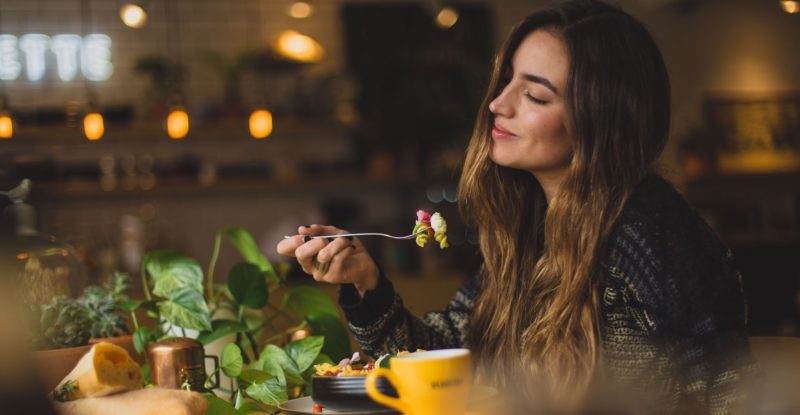There’s nothing quite like that first sip of coffee in the morning. Whether you drink it hot or cold, decaf or regular, sitting down or on the go, you probably have very strong opinions about what goes into your perfect cup of coffee. But have you ever wondered about the environmental effects of that caffeine jolt? Or if there are ways to be a more ethical coffee consumer?
This guide to sustainable coffee is for you! In this article, we’ll tell you where to buy the best coffee beans, what it really means to drink “organic coffee,” different brewing methods for that perfect cup of eco-friendly coffee, and tips on what to do with all those leftover coffee grounds.
No matter if you call it joe, java, or your high octane jitter juice, coffee is one of the most regularly consumed beverages in the world. Read on to discover how you can create a conscious coffee culture.
First things first. How Does a Coffee Bean Turn into My Cup of Coffee?
There are tons of variations and intricacies within each step of the coffee journey, but every coffee bean follows the same basic process. Your cup of coffee starts out as a very tiny seed that grows into a coffee tree, which produces fruit called a coffee cherry. When it turns bright red, the fruit is ready to be harvested and processed, which is itself a multi-step operation that involves hulling, cleaning, drying, and exporting the beans to a roaster. Finally, the roasted beans are ground, brewed, and enjoyed by people all over the world!
Where in the World Does Coffee Come From?
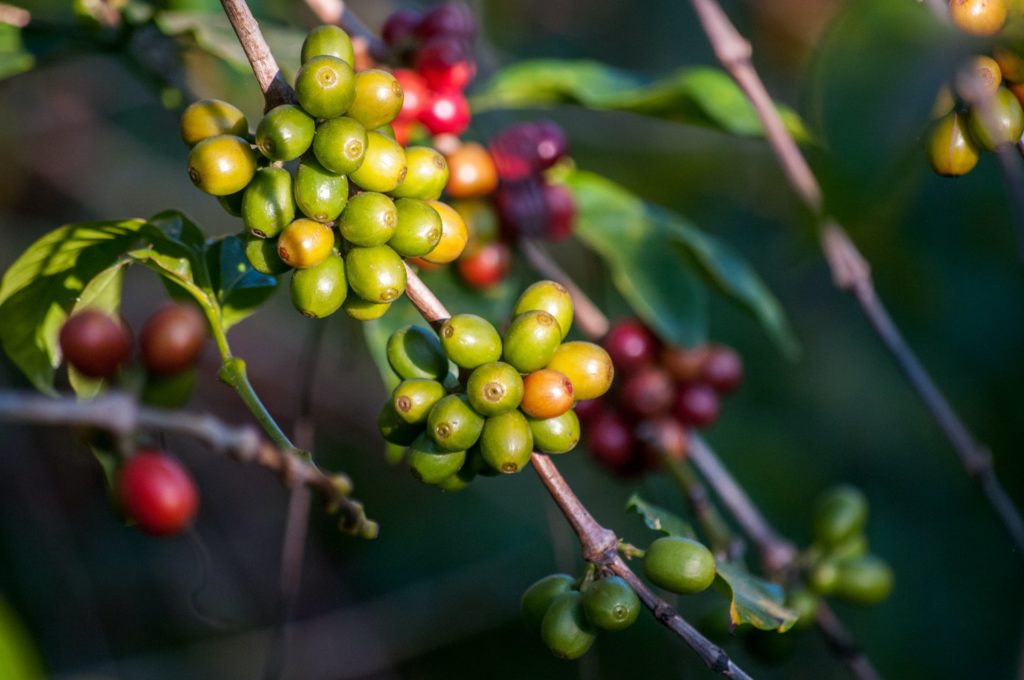
Coffee trees can’t grow just anywhere. The vast majority of coffee comes from what is often referred to as the “Bean Belt,” a narrow band around the equator between the Tropics of Cancer and Capricorn that offers the most optimal coffee growing conditions. The biggest players are Brazil, Vietnam, Columbia, Indonesia, Kenya, and Ethiopia – together, they produce about 75% of the world’s coffee. Honduras, India, Uganda, Mexico, and Peru also contribute their beans to the global coffee industry. It’s important to keep in mind however, that although these are the nations where coffee is grown, in more cases than not, these countries are not the ones benefiting economically from this resource. Massive foreign corporations dominate the coffee industry.
Coffee is big business. Americans alone drink nearly two cups a day, and globally, the coffee industry is valued at over $90 billion. An estimated 125 million people depend on coffee for their livelihoods and coffee is the world’s most widely-traded agricultural commodity.
What’s the Connection Between Coffee and Sustainability?
But climate change is posing a massive threat to coffee production. Climate change is contributing to fluctuations in weather patterns and growing seasons. This exacerbates the spread of plant diseases, and could cause the Bean Belt to shrink to half its current size by 2050. Add in deforestation, ongoing political strife, and a volatile economy, and it’s likely we’ll soon see major changes to how and when coffee is produced.
It’s not all bad news though. Growers and roasters are keenly aware of the situation and are working hard to develop new, sustainable methods that address every step of the coffee supply chain. A more ethical coffee industry is being established through sustainable coffee production actions like these:
- Designing tree planting and farm rehabilitation programs
- Providing wage transparency
- Using energy-efficient roasting equipment
- Sharing the stories behind the coffee farmers
There is also a lot the average coffee consumer can do to help promote eco-friendly coffee practices. Read on for some FAQs, tips, and our suggestions on how to be a more conscious coffee drinker.
What is Fairtrade Coffee?
If you’ve ever looked at a bag of coffee or perused a roaster’s website, you might have noticed a lot of different words and phrases that are all somehow related to “sustainability.” But what does it all mean? Let’s take a look at some of the more common phrases you might find on a package of coffee beans.
- A Fairtrade coffee is certified through the Fairtrade International system. These coffee brands ethically source their raw products from local farmers and hire workers for a fair wage.
- Then there’s Direct Trade, which means the producers and purchasers bypassed an intermediary governing body and built direct relationships with each other, but this designation does not receive an official certification.
- The Rainforest Alliance is another certification program. They put their mark on companies that promote social, economic, and environmental sustainability.
- An organic coffee is grown without the use of chemical additives, pesticides, and herbicides. However, different countries have different standards for what they consider “organic.”
- A Bird Friendly seal indicates the coffee plants were grown under a canopy of trees that in turn provide a safe habitat for birds. This is sometimes also referred to as shade-grown coffee.
- If you see the phrase carbon neutral, that means the company’s production practices reduce, not add, greenhouse gasses to the atmosphere
- If a company is a B-Corporation, they have committed to creating value and serving the community beyond the shareholder’s profit.
Finally, there’s the package itself. When choosing your sustainable coffee, look for recyclable or biodegradable packaging made from materials like wood pulp, cornstarch, bamboo, rice paper, and sugarcane. Trade Coffee, a coffee subscription service that ships directly from roaster to consumer, offers a great example of sustainable packaging – all their beans arrive in a compostable bag made from plant-based materials and tinted with vegetable dye. And by handpicking only the highest quality, ethically sourced coffee, they develop lasting partnerships along the coffee supply chain.
What are Some of the Best Organic Coffee Brands?
There are independent roasters all over the world doing great work when it comes to sustainability. You will love discovering and exploring them wherever you live. For instance, this list names just a few United States ethical coffee roasters:
- Larry’s Coffee – roasting in Raleigh, NC, this mission-based B-Corp is hitting all the sustainable marks – all their coffee is organic, Fairtrade, shade-grown, and sold in biodegradable bags, and their facilities have solar water-heated floors and rainwater-driven restrooms.
- Equal Exchange Coffee – this 36-year old worker co-op in Massachusetts has built an alternative supply chain that fosters mutually beneficial relationships between farmers and consumers. They also sell ethically sourced chocolates, teas, and nuts in addition to a wide variety of coffee blends.
- Higher Ground Coffee – they believe coffee has the power to change lives and from a homebase in Traverse City, MI, use their influence to build schools in Ethiopia, create access to potable water in Mexico, and supply medical resources to a hospital in the Democratic Republic of Congo.
- Café Mam – not only do they run a climate change mitigation program that’s planted over 8,000 trees, this Eugene, OR roaster sells only 100% organic, Fairtrade, shade-grown, ethical bean coffee grown by a cooperative of native Maya farmers in Mexico who receive a wage that can support and sustain a family in that area.
- Conscious Coffees – one of the oldest organic roasters in Colorado, this top B-Corp buys their single-origin organic coffee beans from the same producers year after year, which guarantees the farmers a reliable income source.
- Tiny Footprint Coffee – selling the world’s first carbon negative coffee from a fuel-efficient roastery in Minneapolis, MN, they are leading a massive reforestation effort in Ecuador’s Mindo cloud forest.
- Wonderstate Coffee – from a tiny town in southwest Wisconsin, these ethical coffee roasters were one of the first in the world to generate all their power from onsite solar and are committed to purchasing carbon offsets for all their wholesale orders.
Where Can I go for a Unique Ethical Coffee Experience?
Discovering new coffee shops that support local roasters and showcase different preparation techniques is one of the most fun things to do when traveling. But to really step up your sustainable travel game, consider doing a deep dive into the coffee culture of one particular location.
Try traditional Vietnamese coffee in Hoi An, explore a working coffee farm in Bali, Indonesia, or learn how to pull the perfect espresso in Florence, Italy. You can also experiment with milk frothing at a latte art class in New York City, roast your own beans at Hawaii’s Mountain Thunder Coffee, determine your ideal roasting level at an on-demand roaster in Addis Ababa, Ethiopia, and discover the best flat whites in Melbourne with the help of a coffee historian. No matter where you go, it’s very likely there’s a cup of coffee nearby!
What’s the Best Way to Make Sustainable Coffee at Home?
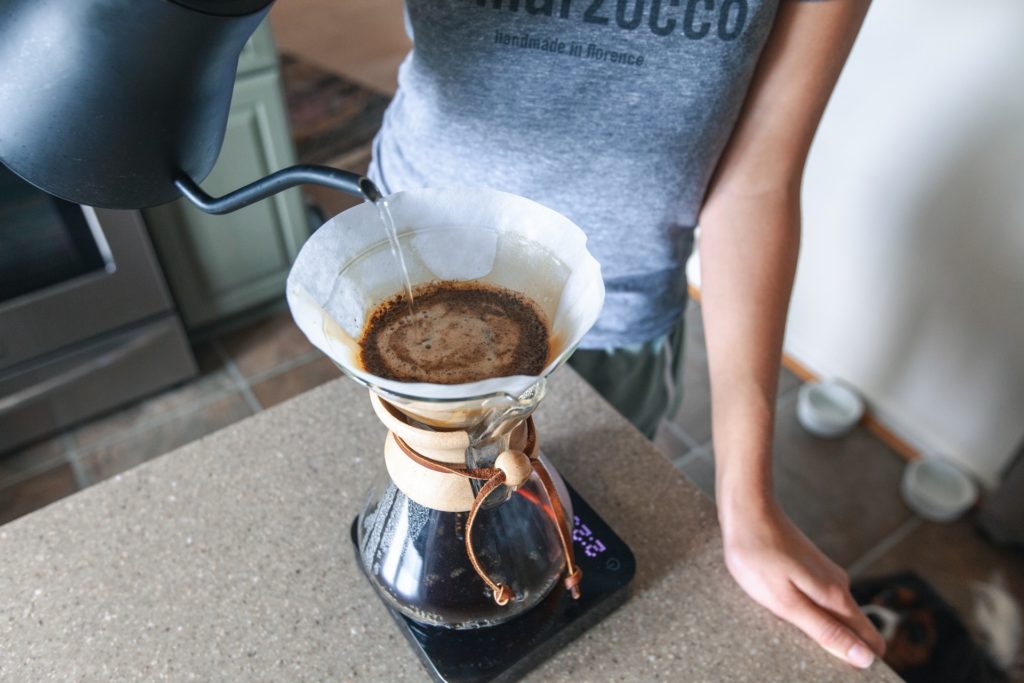
Skipping the single-use, to-go cup and making your coffee at home is one of the most sustainable ways to get caffeinated. But traditional coffee makers with warming plates and espresso machines with on-demand hot water use a ton of energy to make just one single cup. Also, single-use pods like K-cups will leave you with a mountain of plastic. So are there more environmentally friendly ways to make your own ethical coffee? Absolutely! Here are some of the best methods for brewing your very own artisanal coffee at home.
- Pour over: With this method, coffee grounds sit in a filter on top of a mug or pot. Hot water is slowly poured onto the grounds, and the brewed coffee drips directly into the vessel below. This is a favorite approach for coffee enthusiasts because you can really control variables like texture, acidity, and overall taste of your coffee. And for the best results, use a brown paper coffee filter made from recyclable materials – it can go right into the compost bin when you’re done!
- Plunger: Grounds and hot water mix together in a canister for a few minutes before a plunger is depressed, pushing all the grounds to the bottom and leaving the top full of freshly brewed coffee. This is often called French Press coffee, and it’ll produce a strong and robust cup.
- Percolator: You can use a stovetop or an electric percolator, but the concept is the same – boiled water shoots through a tube and into a perforated metal basket full of coffee grounds, where it continually cycles through and brews the coffee. This is a tried and true method – your grandparents probably had a percolator!
Got a busy day and need to caffeinate on the go? Pour your deliciously brewed coffee into an insulated travel mug and it’ll stay warm for hours! This 12oz tumbler from Hydro Flask comes in a bunch of different colors and has a sealable lid that’s perfect for sipping.
Are Coffee Grounds Good for the Garden?
What’s the best thing you can do with your used coffee grounds? The quickest and easiest thing to do with old coffee grounds is put them right into the compost bin along with the paper filter. Or if you’ve got a green thumb, coffee grounds make excellent garden fertilizer. Here’s how to turn your leftover coffee grounds into garden fertilizer:
- Add water to the grounds and let them sit overnight.
- Scatter the grounds over the soil.
- Till the grounds a few inches into the soil for an aerating nitrogen boost.
This is not only great fertilizer, but can ward off unwanted critters as well.
For smelly kitchen situations, reach for those old coffee grounds. They’ll act as a natural deodorizer and can be placed directly in the refrigerator to absorb strong odors. Pro tip: this is why you shouldn’t store fresh grounds in the fridge – they’ll pick up the smell of whatever else is in there!
Finally, treat yourself to a DIY spa day and add coconut oil and brown sugar to used coffee grounds for a fantastic natural body scrub. Experiment with adding a few drops of essential oil to get a scent you really like. Your skin will be glowing in no time!
We hope this guide to sustainable coffee has inspired you to caffeinate more consciously!





